A senior engineer at a major company told me that in the past, when a motor burned out, they would let themselves off the hook by saying "it burned out because it was old".
Today, he added, when we evaluate ourselves and aspire to minimize breakdowns to zero, an analysis of each defect will bring us to the root cause.
If a motor burns out because it is old, and it is ten years old, and if our objective is to prevent breakdowns, then we must replace all the motors approaching or exceeding this age.
In order to attain the root cause for a breakdown, we can use what is known as the "fishbone" technique, or the 5 Whys.
A few weeks ago, I presented the 5 Whys Technique, and now we'll study the fishbone technique, or as it is better known, "Cause And Effect Analysis".
The Fishbone Method Description
The objective is to methodically group together all of the possible reasons for a defect or breakdown and to analyze them – to see if each possibility might be the potential reason, and if so, how to prevent it.
Select some workers to form a team, preferably from different positions and different company departments, so you'll have a wide range of information and many tools for thought.
Below please see a "clean" sample of fishbone, after which I will present you with an example.
Here is an imaginary but very plausible example:
At a company engaging in the coating of metal parts, defects were occasionally detected on the coated surfaces. The defects would appear at specific times, in unexplained cycles and when there were defects, the extent of the phenomenon was never uniform. There were production lots with a very high rate of defects, there were good lots, without almost any defects, and, of course, an average portion of lots that wasn't great but wasn't bad.
We began the analysis:
First, we defined the "result" which is the "problem" we wish to evaluate and prevent.
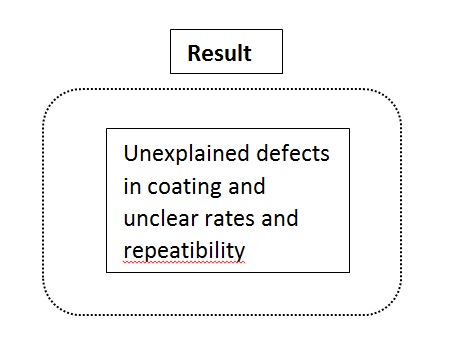
In the second stage, using a technique of quiet brainstorming (where each participant writes down their ideas and then presents them, culminating with a list of recorded ideas), we tried to come up with as many potential reasons as possible, from every aspect.
For example:
Materials:
- Bits of leftover materials in the preparation stage remain on the metal parts and react differently to the coating.
- Preparation and coating materials received from supplier are not uniform and some are lower in quality.
- Some of the materials are not fresh and the FIFO was not maintained.
- Coating powders are stored in large cans when in use. Each time the can is almost empty, a new sack of coating powder is poured in. Thus, there is always residual material at the bottom that becomes old and is mixed in a nonuniform manner with new material.
- The metal in the parts is not from identical production batches and is therefore not uniform.
Machines, equipment:
- The machine does not operate in a uniform manner.
- The machine is sometimes not clean and operates with varying repeatability.
- Voltage supply for machine is uneven.
- Filters are not cleaned on time.
- The mesh on which the metal parts are placed sometimes blocks the coating material.
People:
- Workers who prepare the parts for coating do not always work exactly according to work instructions and preparation is not identical.
- Induction of new workers is undertaken by workers who have been there longer, without monitoring, and teaching is actually more of an oral instruction that passes down from worker to worker, so that each one operates in a different manner.
- Workers are not familiar with the entire process and its significance, and therefore, their lack of knowledge does not prompt them to focus on critical points of the process.
- People go out for breaks and leave the parts in the chemical process for longer than the required time.
Process, Method:
- The coating method (developed by the factory) is neither ideal nor suitable for most of the parts; in addition, when there is variance in the metal or in climactic conditions, the result is not uniform.
- Because only a "sufficient" quantity of parts is collected for washing following the coating process, the new coating on the remaining parts undergoes a chemical reaction with the air while waiting for the next wash session.
- Waiting periods for parts in preparation or production result in a non-uniform coating and, often, defects.
Analysis, search for root cause and prevention:
After we have listed as many potential reasons as possible, we analyze each one. When we reach the conclusion that one particular reason is indeed the root cause, we will consider how to prevent it.
Summary:
Some of the reasons I have listed in my sample above may not sound logical. In my sample, it may appear in my writing of a variety of circumstances in different places that might not seem related, or that perhaps seemed to be just a product of my imagination. But in reality, you will encounter many statements that seem unrelated, and sometimes that is where the real key lies.
For example, the statement I made about powders being poured from sacks into large cans and some of the material not being fresh, was an idea that saved a great deal of money (!!) at one company a few years ago, having been suggested by an employee at the station.
Of course, one can consider different aspects and not the ones I have presented here.
Recommendation:
Try. Start small. The first team in training and guidance can analyze some incidences. Slowly, you can expand and involve more workers and analyze more incidences.

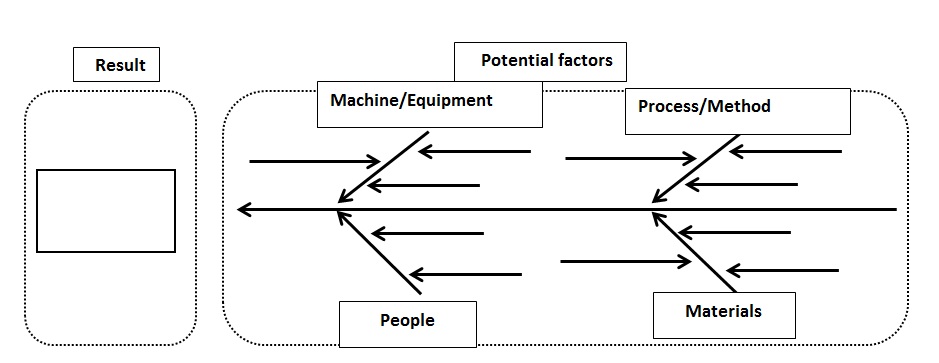

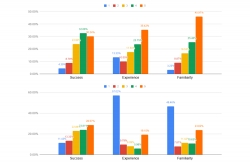


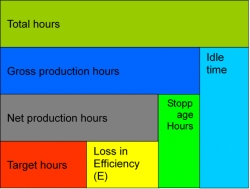


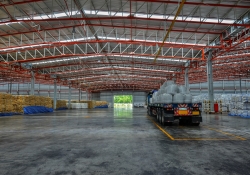
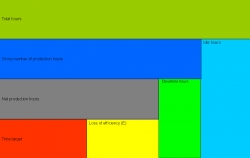
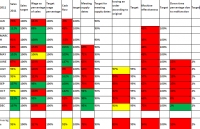

 My First Book: Manage! Best Value Practices for Effective Management
My First Book: Manage! Best Value Practices for Effective Management